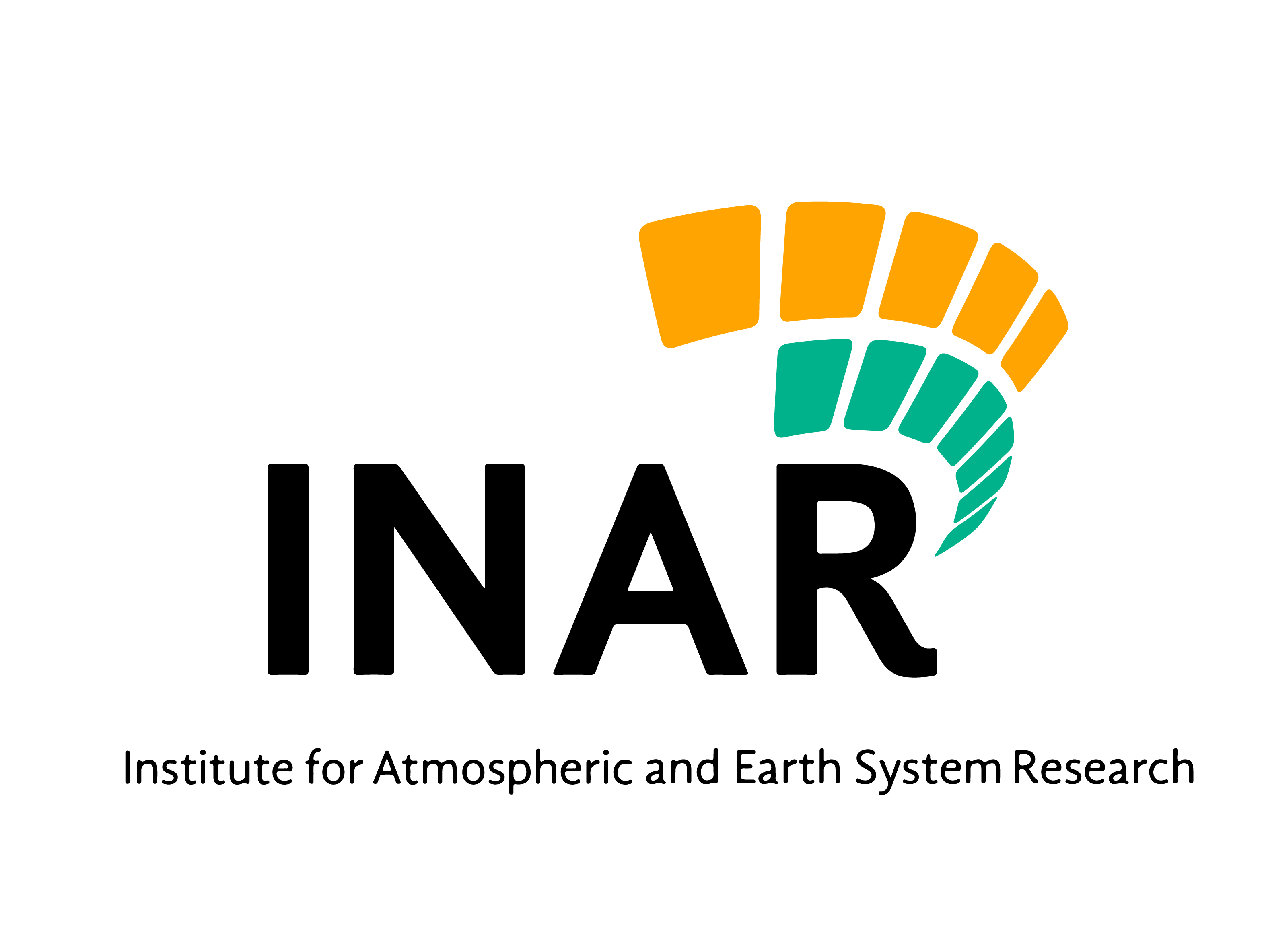Open-air Platform
Parent institution: University of Helsinki
Active since 1995
Active through 1995 - current
Co-located with
- ICOS
- INTERACT
- LTER
Fields of study
- Atmospheric chemistry and physics
- Isotopic chemistry
- Climatology, Climate Change
- Environmental sciences, Pollution
- Soil science
- Mapping, GIS
- Microbiology
- Hydrology
- Terrestrial biology, Ecology
- Limnology
Contact Information
Bäck, Jaana
email: jaana.back@helsinki.fi

